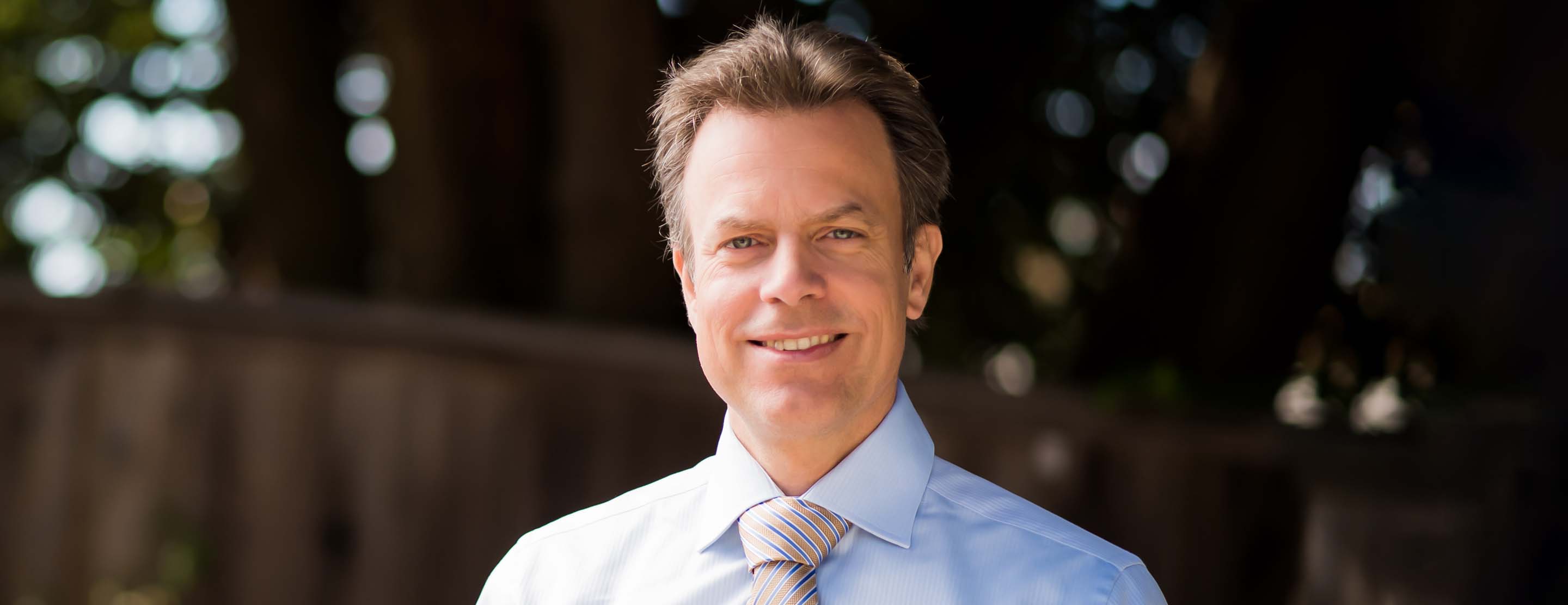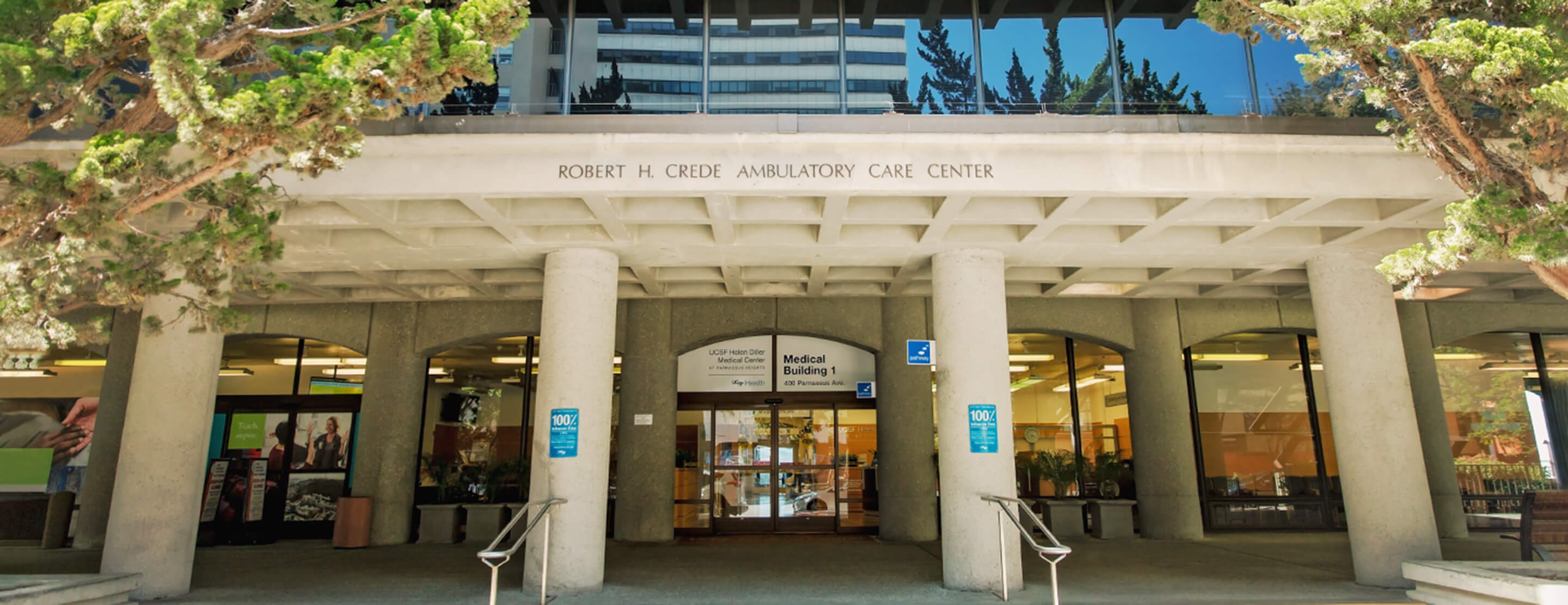Dr. Tobias Deuse is a cardiothoracic surgeon and director of minimally invasive cardiac surgery at UCSF. He helped pioneer the development of minimally invasive techniques to repair the mitral valve, one of the heart's four valves.

Doctor Q&A: Tobias Deuse
Q: What drew you to cardiothoracic surgery?
A: I fell in love with cardiothoracic surgery early in medical school. I like the aesthetics, especially with minimally invasive procedures, because the incisions are very small. I like the challenging and exacting nature of the techniques.
I also love basic science. I studied physics, and I like to draw parallels between the simplicity of physical principles and the seemingly unlimited complexity of biological processes. So many of the studies I'm doing at UCSF are oriented toward basic science.
Q: At one point in your career, you pivoted from performing heart and lung transplants to specializing in heart failure surgery and minimally invasive techniques. What prompted the shift?
A: I still love performing heart and lung transplants, but you can't plan your workday around them because you never know when an organ will become available. So I started studying minimally invasive surgeries as a way to structure my daytime work. I wanted to figure out how to perform different heart procedures through smaller incisions using high-tech equipment. My aim is to make surgery as gentle on the patient as possible.
Q: What are the most significant benefits of minimally invasive heart valve surgery compared to the traditional approach?
A: It sounds obvious, but the most meaningful difference is the size of the incision. Traditionally, a surgeon opens the sternum to reach the heart. It takes eight to 10 weeks for the bones to heal. During that time, the patient isn't supposed to drive, lift a suitcase or even carry a bag of groceries.
Compare that to the minimally invasive approach, also known as "keyhole surgery." I make a small incision on the right side of the chest and reach the heart by threading a long, slim, robotic-assisted endoscope between two ribs. Because the incisions are so small and no bones are divided, the patient has less pain, loses less blood and is back to regular activities in 10 days to two weeks, on average.
Q: You came to UCSF from the University Heart Center in Hamburg, Germany. What's the difference between European and American surgical sensibilities?
A: The biggest difference between cardiothoracic surgery in Europe and the United States is the adaptation of new technology. Devices that are so-called "new" in the United States have already been available in Europe, sometimes for years. Because European surgeons have the advantage of early exposure to new technology, they tend to be more experienced and, therefore, more comfortable with using it.
Q: Where does your enthusiasm for exploring new technology come from?
A: I've embraced new technology for as long as I can remember. I'm excited to bring new devices to UCSF so we can maintain a leadership role. That's what scientists do — they want to invent, figure things out and reveal new things. You can't build your career on accepting the status quo, and, if you could, it wouldn't be satisfying. I'm driven to find better, safer and less invasive ways to do routine surgeries. That's what being an academic surgeon means — it means pushing boundaries.
Q: What makes UCSF a good place for your work?
A: UCSF is a phenomenal place for so many areas of research and basic science. I can establish a minimally invasive heart valve surgery program and continue my translational science work on an exceptional level. It's an exciting chance to bring new ideas and develop new strategies for treating cardiovascular diseases.
Q: What treatment advances excite you the most?
A: A lot of interesting things are happening in the field of transcatheter valves. Basically, a new heart valve can be delivered and placed inside the heart using minimally invasive surgical procedures and small devices called catheters. It's a vibrant field with lots of new devices coming on the market to help make surgery safer and less disruptive for patients.
In Germany, this technology is already being used for 50 percent of all aortic valve replacements. In the United States, we've got some work to do as far as educating patients and doctors about transcatheter valves, but I predict that the number of Americans benefiting from these new techniques will soon go through the roof.








